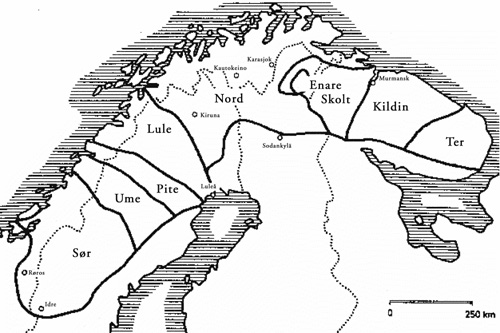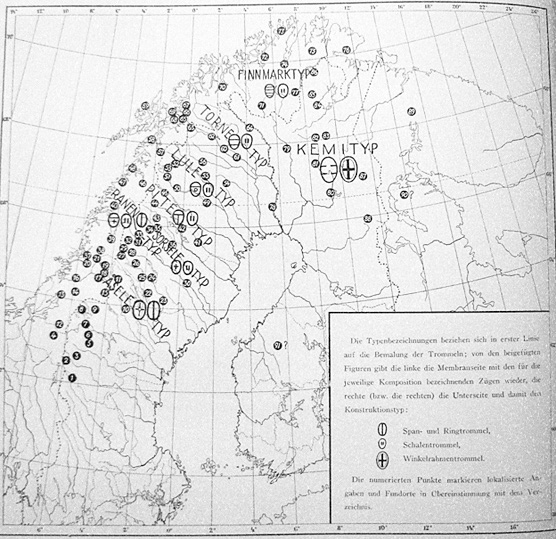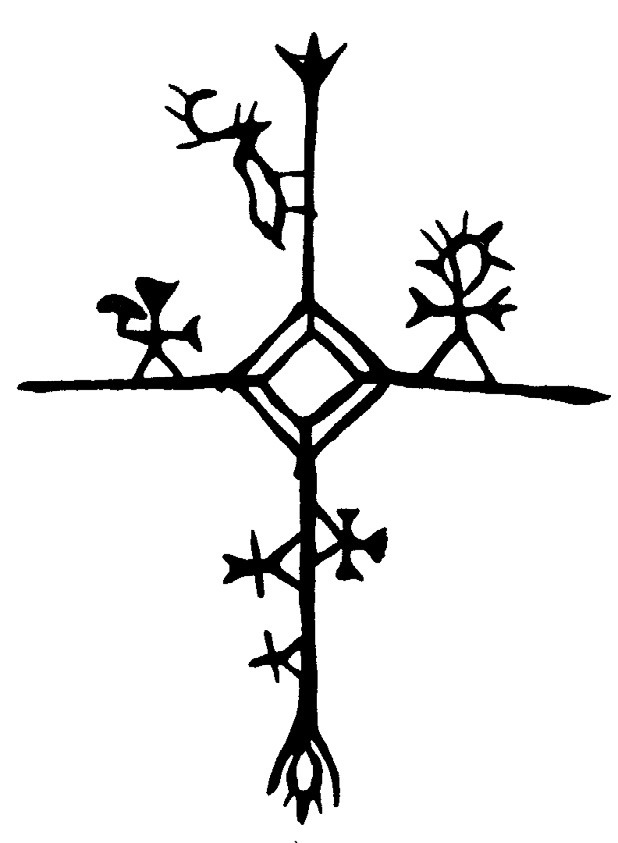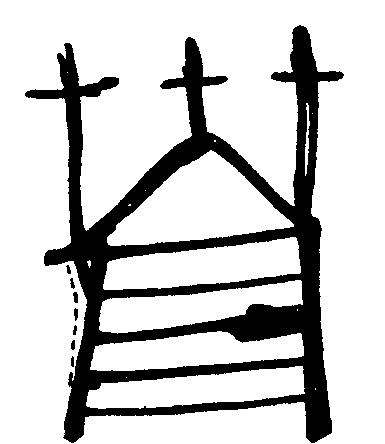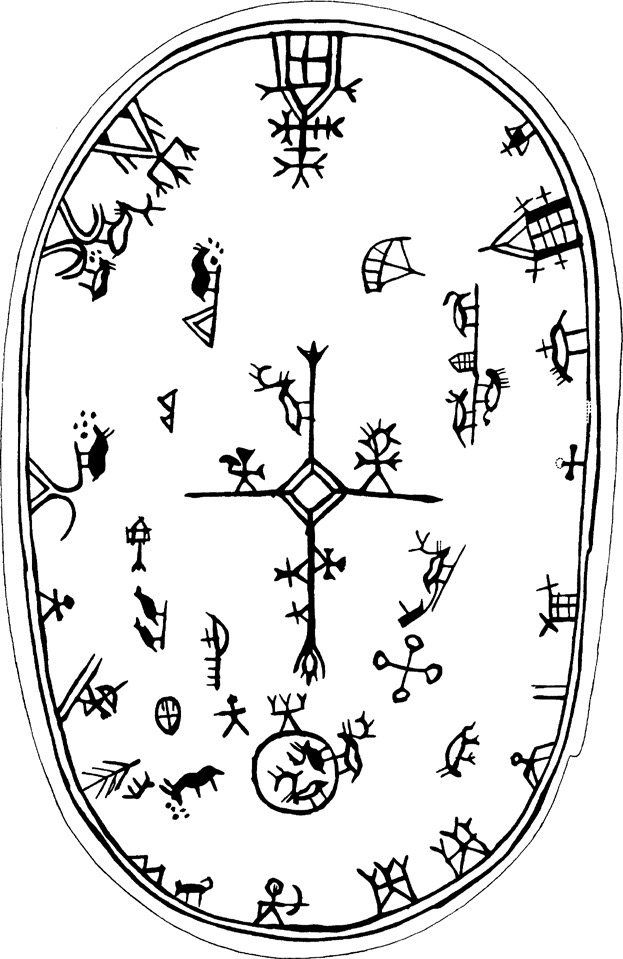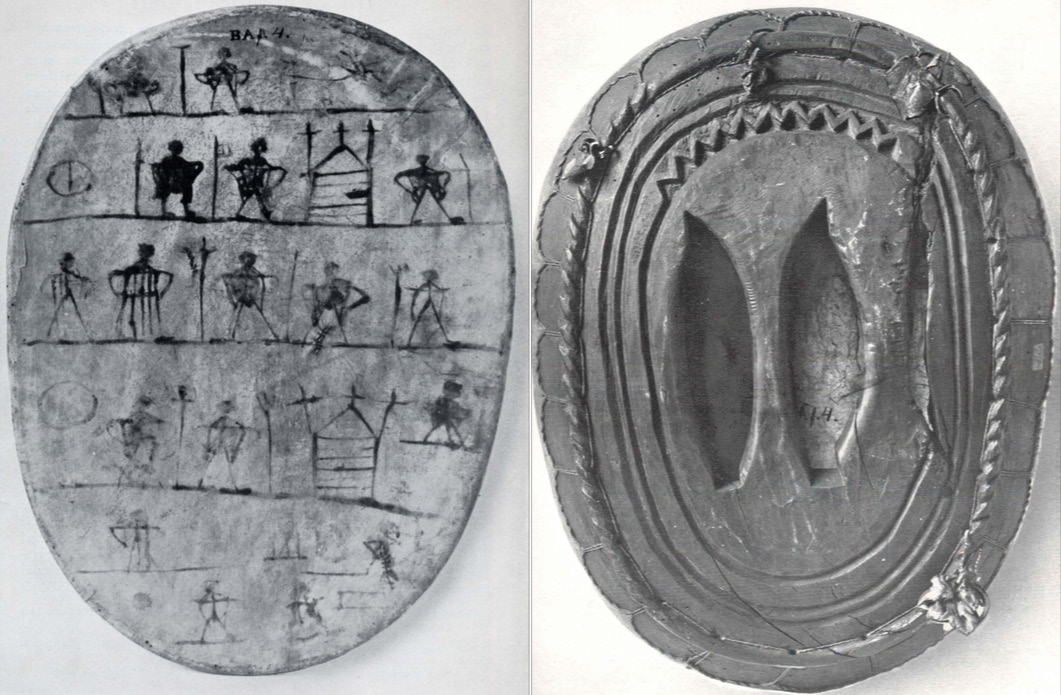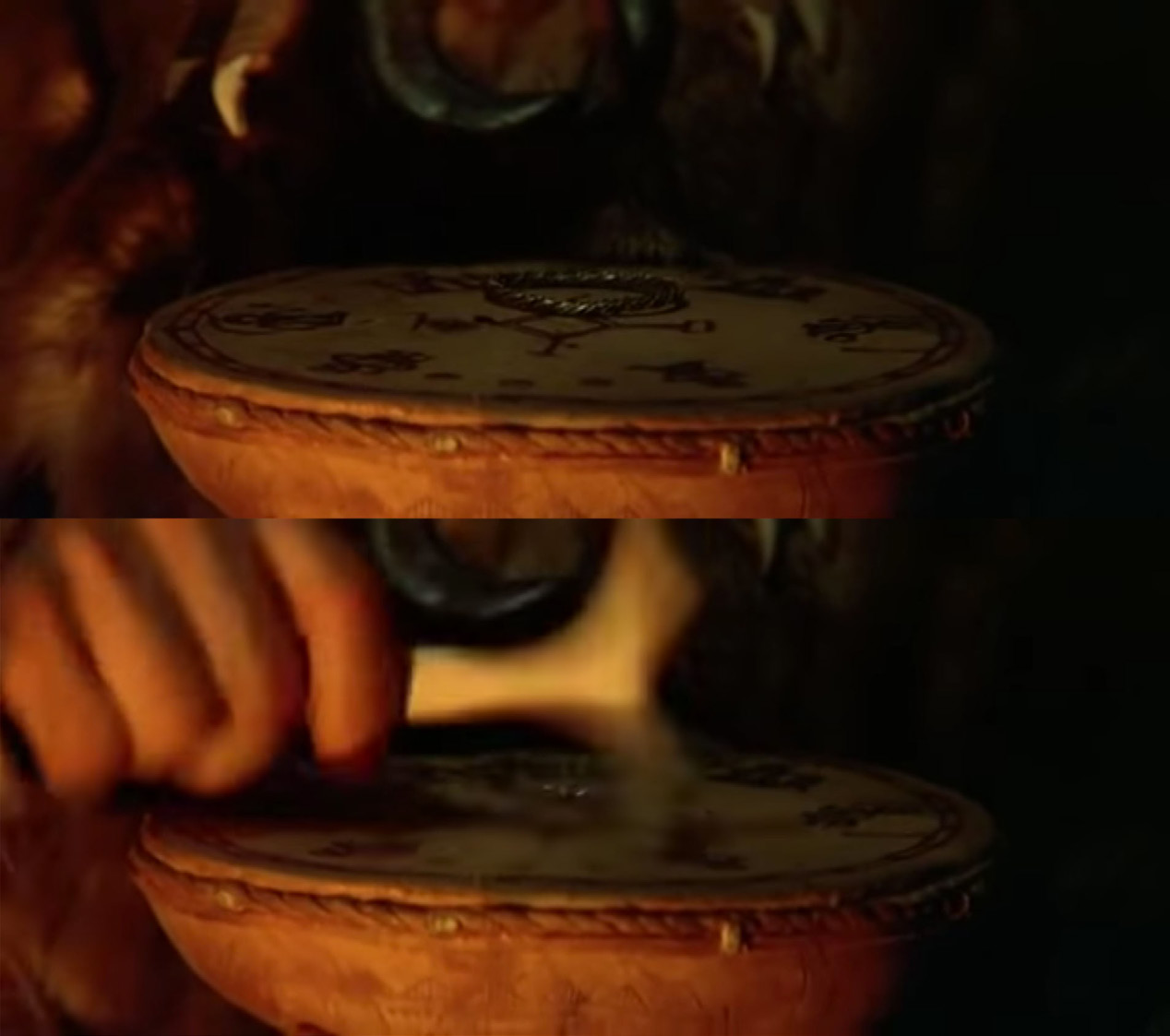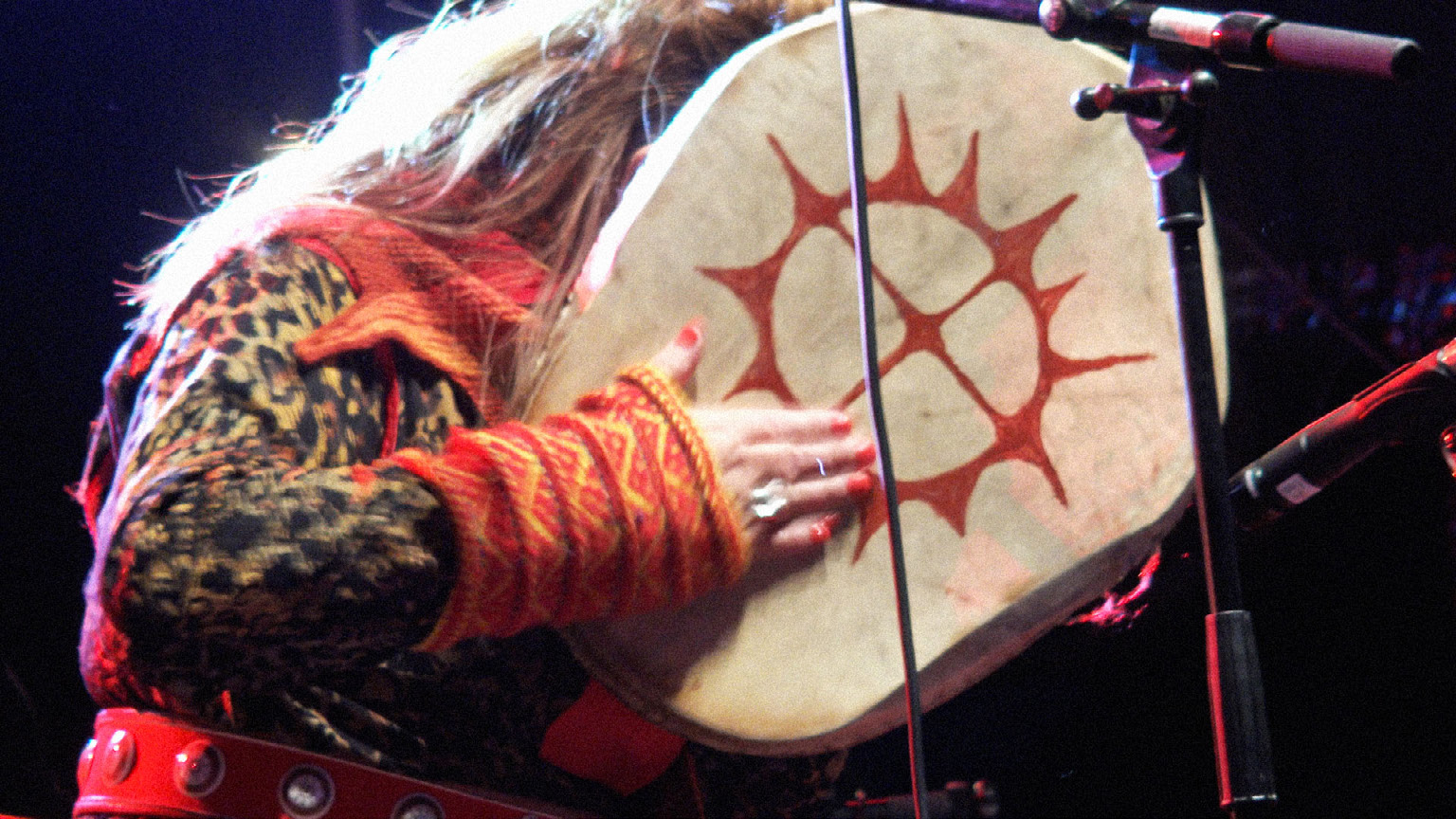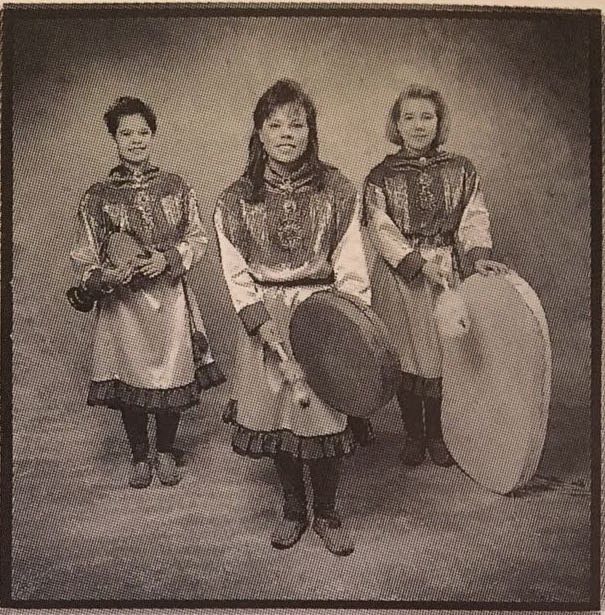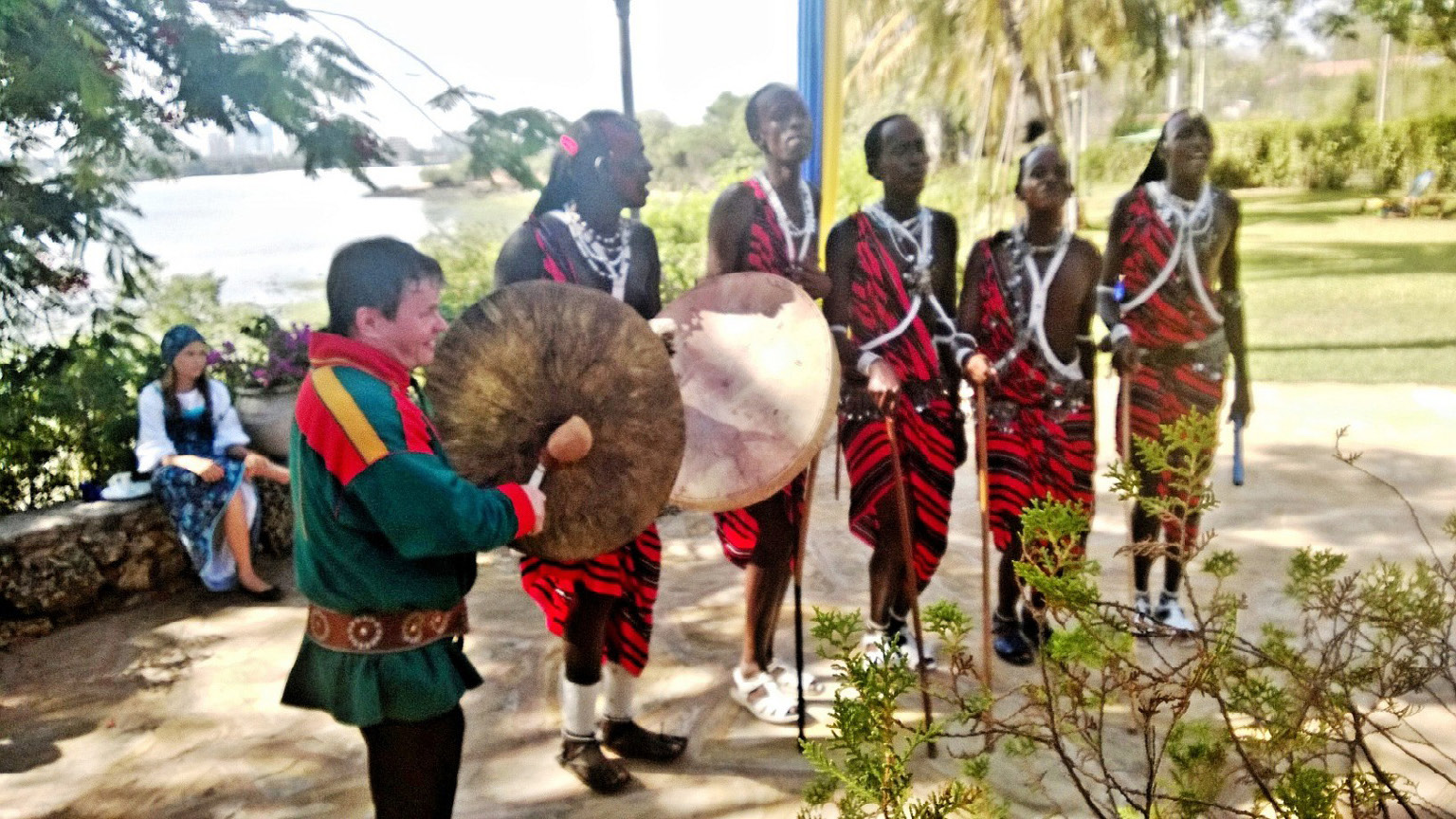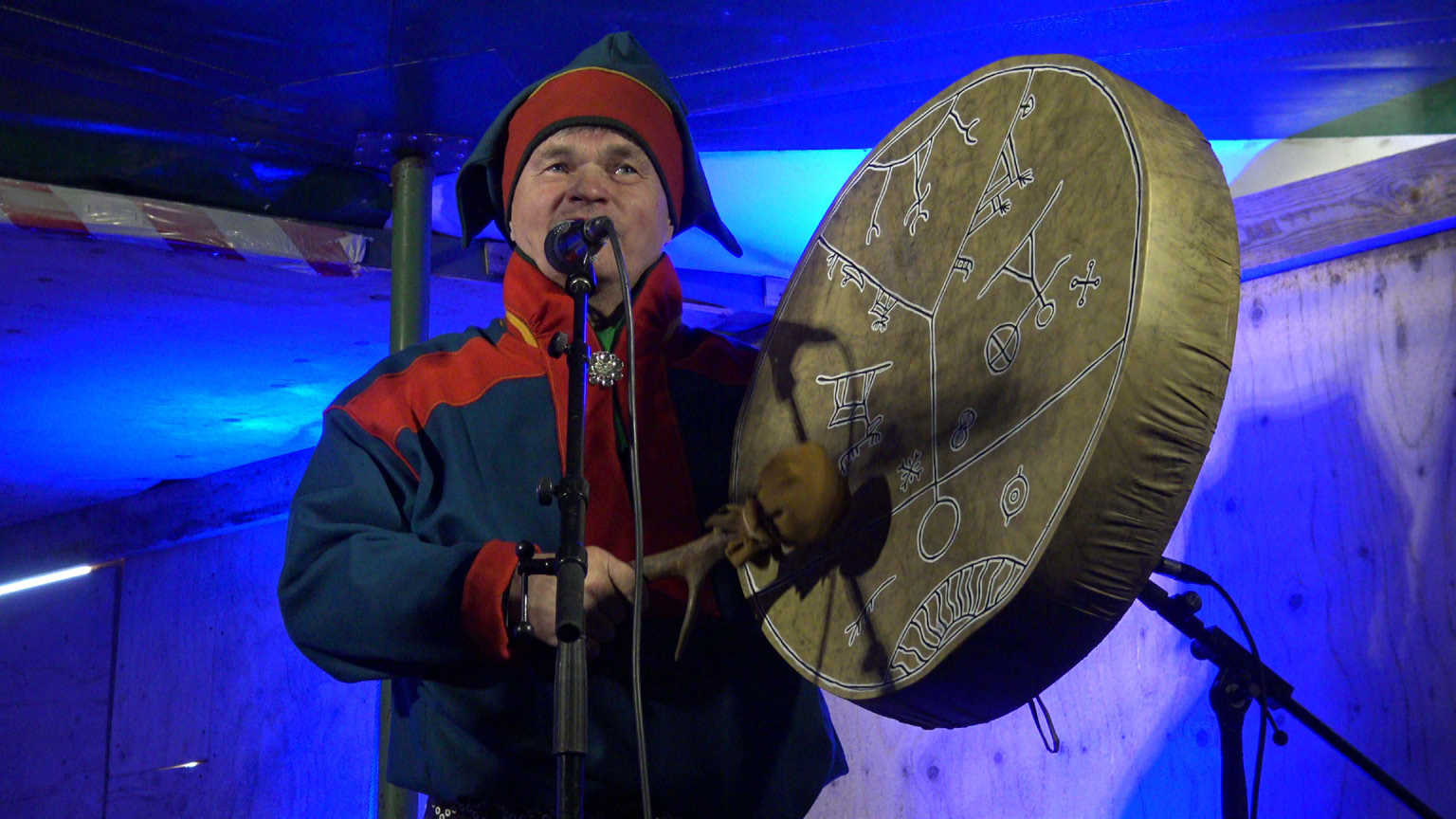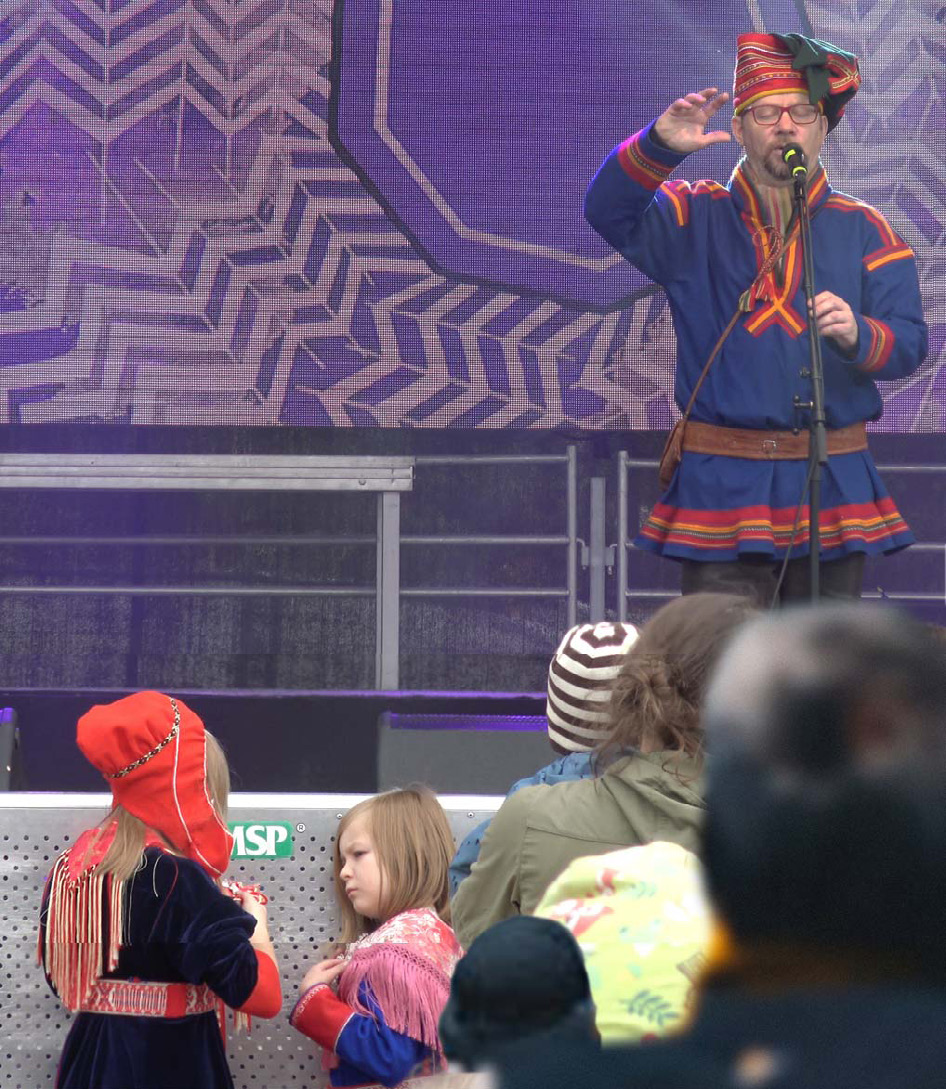- Homepage
- Introduction
- Archive
- Sound Ethnographies n° I/1, 2018
- Editoriale/Editorial
- Una nuova rivista/A New Journal
- Articles
- Culture Contact: Cognitive and Psychodynamic Aspects. Transcultural Understanding in Art History, Religion, Music and Animation
- Female Teachers: a New Concept of Traditional Master-Apprentice Knowledge Transmission in Central Asian Music (Ferghana Valley Case)
- Between the Blues and Africa: Transformations of Narratives about African American Hollers
- New Urban Soundscapes: Angklung Buskers in Yogyakarta
- Una indagine sulla musica di tradizione orale in Alto Svaneti (Georgia)
- Sicilia 1955. La raccolta 27 degli Archivi di Etnomusicologia (Roma)
- Audiovisual essays
- Arguments
- Institutions
- Reviews
- Notes on the contributors – Sound Ethnographies n° I/1, 2018
- Sound Ethnographies n° I/2, 2018
- Editoriale/Editorial
- Articles
- Preliminary Observations Concerning Music for the Kwangkay Secondary Mortuary Ritual of the Dayak Benuaq (East Kalimantan, Indonesian Borneo)
- Suoni e memorie d’Angola nel Portogallo postcoloniale
- Le saetas dialogadas: tre esempi concreti di dialogia musicale
- Il chjam’è rispondi in Corsica: una pratica di canto improvvisato fra tradizione e spettacolarizzazione
- Audiovisual essays
- Institutions
- Reviews
- Fulvia Caruso – Antonello Ricci e Mimmo Morello, Suono di famiglia. Memoria e musica in un paese della Calabria grecanica (book with Audio CD, 2018) / Domenico Di Virgilio, Filippo Bonini Baraldi e Gianfranco Spitilli, Giannina Malaspina cantastorie (book with Audio CD and DVD, 2017)
- Ignazio Macchiarella – Kristina M. Jacobsen, The Sound of Navajo Country. Music, Language and Diné Belongings (libro, 2017)
- Sound Ethnographies n° II/1, 2019
- Editorial/Editoriale
- Articles
- Arguments
- Institutions
- Reviews
- Sergio Bonanzinga e Giuseppe Giordano (a cura di), Figure dell’etnografia musicale europea. Materiali, persistenze, trasformazioni (libro, 2016)
- Ignazio Macchiarella e Emilio Tamburini, Le voci ritrovate. Canti e narrazioni di prigionieri italiani della Grande Guerra negli archivi sonori di Berlino (libro con 3 CD audio e 1 CD dati, 2018)
- Notes on the contributors
- Sound Ethnographies n° II/2, 2019
- Editorial/Editoriale
- Articles
- «Less Is More, My Friend!». Sibongile Kgaila and Solly Sebotso: Four-String Guitar Song Composers from Botswana – Alessandro Cosentino
- Analisi formulaica e caratterizzazione oicotipica in etnomusicologia: il caso delle epiche curde Mem û Zîn e Kelaê Dimdim – Giulia Ferdeghini e Ilario Meandri
- Competenze femminili nel canto a più voci di ambiente contadino della Sicilia orientale – Grazia Magazzù
- Audiovisual essays
- Institutions
- Reviews
- Allan F. Moore and Giovanni Vacca (a cura di), Legacies of Ewan MacColl. The Last Interview, Farnham (UK) e Burlington (USA, VT), Ashgate (libro, 2014) – Delia Dattilo
- Franco Castelli, Emilio Jona e Alberto Lovatto, Al rombo del cannon. Grande Guerra e canto popolare, Vicenza, Neri Pozza (libro con 2 CD audio, 2018) – Vincenzo Santoro
- Notes on the contributors
- Sound Ethnographies n° III/1, 2020
- Editoriale/Editorial
- Articles
- The Sami Drum from Oracular Rituality to Musical Performance
- The Politicization of Tradition: The New Visibility of Zikir in Soldier Send-Off Ceremonies in Turkey
- Lo zikr della confraternita sufi del villaggio rom del Poderaccio
- Relazione fra parlato e cantato nei repertori di emisyô ed esyongano dei Bakonzo (Uganda)
- Vite transnazionali e musiche locali. La comunità cinese di Milano e il teatro delle marionette di Wencheng
- Audiovisual essays
- Institutions
- Reviews
- Nicola Scaldaferri and Steven Feld (eds), When the Trees Resound. Collaborative Media Research on an Italian Festival, English edition edited with an introduction by Lorenzo Ferrarini. Photographs by Stefano Vaja and Lorenzo Ferrarini (book with 2 CDs, 2019)
- Sergio Bonanzinga, Luisa Del Giudice e Thomas A. McKean (a cura di), Street Music and Narrative Traditions (libro 2019)
- Notes on the contributors
- Sound Ethnographies n° III/2, 2020
- Editoriale/Editorial
- Articles
- Between Genre and Generations: Analyzing Angolan Popular Music – Nina Baratti
- On the Ruins of Empire: The Music of Central Asian Migrants in Russian Metropolises – Razia Sultanova
- Using Ethnographic Data and Psychoacoustics to Analyse a Tuning System for Surdulina Bagpipes – Christian Ferlaino
- Sounding like a Sindhen. First Results of an Ethno-Phoniatric Investigation on the Javanese Female Voices – Ilaria Meloni e Silvia Spinelli
- Reviews
- Notes on the contributors
- Sound Ethnographies n° IV/1, 2021
- Editoriale/Editorial
- Articles
- Reviews
- Giorgio Adamo e Giovanni Giuriati (a cura di), Verso una musicologia transculturale. Scritti in onore di Francesco Giannattasio, Roma, NeoClassica (Quaderni di Etnogra-fie Sonoe 2), pp. 266, 2020, ISBN 978-88-9374-035-7.
- Steven Feld, Il mondo sonoro dei Bosavi. Espressioni musicali, legami sociali e natura nella foresta pluviale della Papua Nuova Guinea, Palermo, Edizioni Museo Pasqualino (Suoni&Culture 8), pp. 227, 2021, ISBN 978- 88-97035-87-9 (libro con DVD e due Audio CD). – Nicola Renzi
- Notes on the contributors
- Sound Ethnographies n° IV/2, 2021
- Editoriale/Editorial
- Articles
- Amusing the Spirits through the Music: Coul Ruup Rituals in Cambodia – Francesca Billeri
- Voci italiane dalla West Coast: le audioregistrazioni di Sidney Robertson Cowell (California 1939) – Delia Dattilo
- La musica sarda di tradizione orale alla radio: un primo inquadramento (1920-1980) – Roberto Milleddu
- Audiovisual essays
- Institutions
- Reviews
- Gianfranco Spitilli (a cura di), L’Ascolto e la Visione. Don Nicola Jobbi e l’Appennino centrale del XX secolo (libro con codice QR, 2018) – Domenico Di Virgilio
- Maurizio Agamennone, Viaggiando, per onde su onde. Il viaggio di conoscenza, la radiofonia e le tradizioni musicali locali nell’Italia del dopoguerra (1945-1960) (libro, 2019) – Giulia Sarno
- Nico Staiti, “Ascoltate miei signori”. Le musiche di tradizione orale in Italia, in appendice L’Italia di Roberto Leydi. Antologia documentaria e critica (libro con 2 audio CD, 2021) – Vincenzo Santoro
- Vincenzo Lombardi, La raccolta “La Lapa”. Musiche tradizionali del Molise registrate da Alberto Mario Cirese, con prefazione di Maurizio Agamennone e postfazione di Pietro Clemente (libro con 4 audio CD, 2022) – Letizia Bindi
- Notes on the contributors
- Sound Ethnographies n° V/1, 2022
- Editorial
- Articles
- Dalla ricerca d’archivio alla ricerca sul campo: nuovi studi sul canto epico albanese – Nicola Scaldaferri
- Beyond the Words. Framing Non-Verbal Aspects in the Performance of Songs with Lahuta – Giovanni Cestino
- Multipart Singing in the Ionian Islands: Preliminary Results of an Extensive Fieldwork – Giuseppe Sanfratello
- The Musical Instruments of Wana Tradition (Indonesia) – Giorgio Scalici
- Arguments
- Reviews
- Nicola Scaldaferri (ed.), with Victor A. Friedman, John Kolsti, and Zymer U. Neziri, Wild Songs, Sweet Songs. The Albanian Epic in the Collections of Milman Parry and Albert B. Lord (book, 2021) – Ardjan Ahmedaja
- R. Murray Schafer, Il paesaggio sonoro. Il nostro ambiente acustico e l’accordatura del mondo, nuova edizione a cura di Giovanni Cestino, Milano e Lucca, Ricordi / LIM (libro, 2022) – Giulia Sarno
- Danilo Gatto (a cura di), Canti della tonnara. Immagini e suoni della ricerca in Calabria di Alan Lomax e Diego Carpitella (Vibo e Pizzo, 1954), (libro con Audio CD, 2021) – Ambra Zambernardi
- Giovanni Vacca, Memorie della canzone francese. Nascita di un genere musicale (1848-1945), Lucca, LIM (libro, 2022) – Consuelo Giglio
- Notes on the contributors
- Sound Ethnographies n° V/2, 2022
- Editorial
- Articles
- Le zampogne raffigurate sul soffitto ligneo della Cattedrale di Nicosia (Sicilia, XV sec.) – Nico Staiti
- La ricerca etnomusicologica di Giuseppe Ganduscio in Sicilia (1962-1963) – Luisa Hoffmann
- From Bamboo to Metal: The Relationship between Bamboo Instruments and Gong Ensembles in the Central Highlands of Vietnam – Vincenzo Della Ratta
- «Oh my Lord ʿAbd al-Qādir»: Text and context in jīlāla ritual songs in Morocco – Silvia Bruni
- Institutions
- Reviews
- Marco Lutzu (a cura di), Ntonobe. Musica liturgica tra i Fang della Guinea Equatoriale (libro, 2020) – Alessandro Cosentino
- Giovanni Giuriati (ed.), Patterns of Change in the Traditional Music of Southeast Asia (book, 2022) – Patricia Ann Hardwick
- Silvia Bruni, Confraternite, santi e spiriti. Indagini in Marocco – Parte I / “O tu che viaggi e lì ritorni”. Pratiche rituali e tradizioni musicali femminili a Meknes. Indagini in Marocco – Parte II (libri, 2020) – Matías Isolabella
- Emanuele Tumminello, Una indagine sulla tradizione musicale in Alto Svaneti (libro con codice QR, 2022) – Nicola Renzi
- Costantino Nigra, Canti popolari del Piemonte (libro con due Audio CD, 2020) – Giovanni Vacca
- Notes on the contributors
- Sound Ethnographies n° I/1, 2018
- Editorial Structure
- Information for Authors
- Code of ethics
- Sound Ethnographies Series



